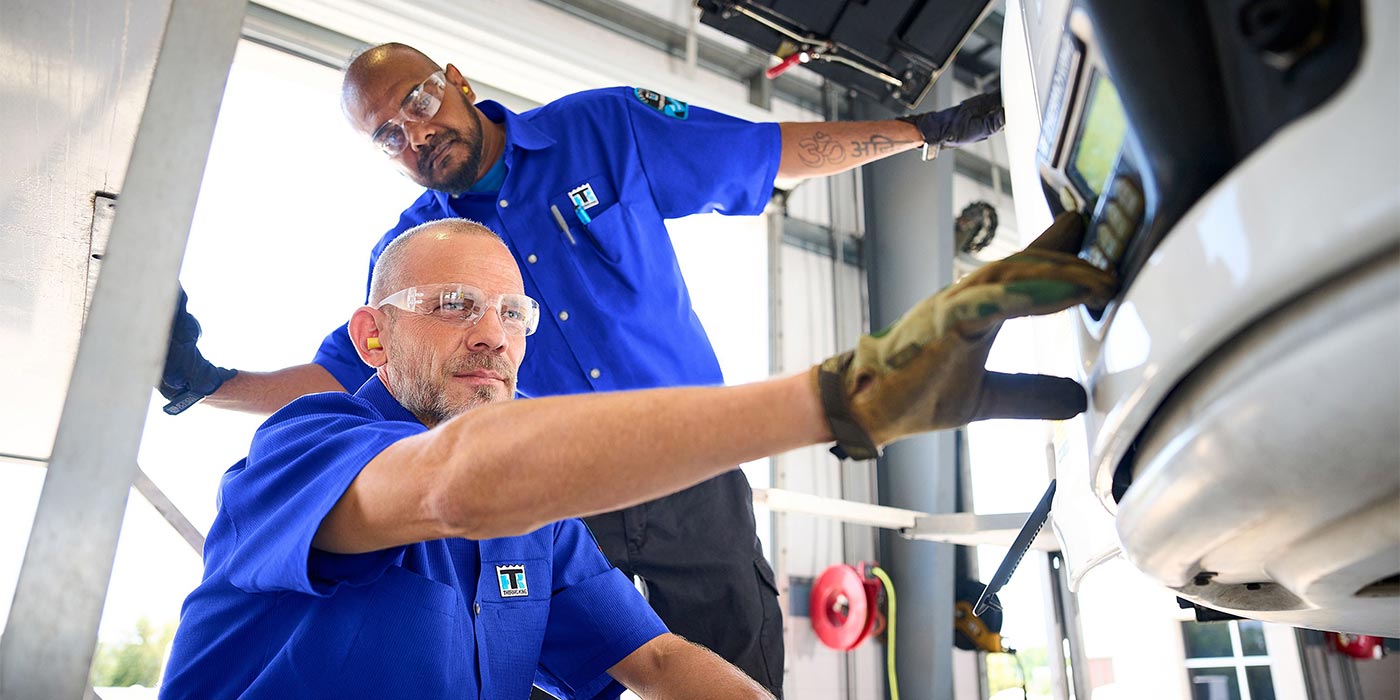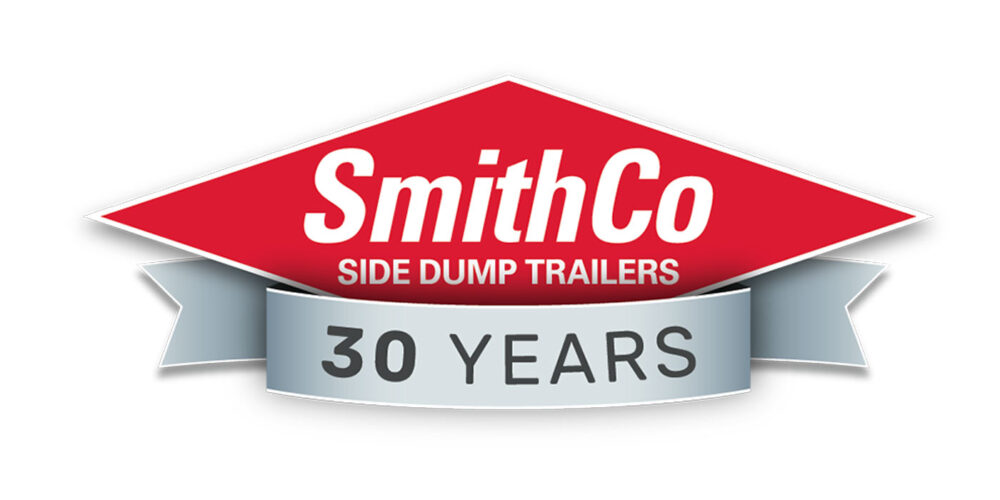Last month, I mentioned that the North American Council for Fleet Efficiency (NACFE) recommended that fleets switch to the API FA-4 low viscosity lube oils immediately to save fuel and decrease (GHG) emissions. As stated by the report, viscosity is defined as a measure of a fluid’s internal resistance to flow. In a truck’s engine, mechanical losses from pumping and friction consume approximately 16% of the total energy input to a vehicle. A lower-viscosity aims oil to reduce those engine mechanical losses and save fuel.
The report found that “Class 8 over-the-road fleets can realistically expect fuel savings in the range of 0.5% to 1.5% from switching from 15W-40 to 5W/10W-30 engine oil, whether the currently available CJ-4 class or the newer CK-4 class available after December 2016. In addition, the council found that switching from 5W/10W-30 oil to the fuel-efficient FA-4 variant of the new PC-11 oils, also available after December 2016, is expected to add a further 0.4–0.7% of fuel savings.”
Of course, any change in your fleet’s spec should be based on science. API FA-4 oils were designed for newly developed diesel engines using reduced engine clearances. As of today, they are not intended to be backward compatible because many older engine designs have larger clearances and cannot lubricate properly with thinner oils. The final word on backward compatibility will come from the engine OEMs.
One of the biggest concerns in using FA-4 oils in older engines is the engine’s ability to maintain proper oil pressure during idle. Engines must have sufficient oil present to provide a film to lubricate all their various components. This oil supply is a function of the volume and pressure of the engine-driven oil pump minus the leakage paths in the engine. These leakage paths are usually the result of the various working clearances between components in an engine. Examples are connecting rod side clearance, hydraulic lifter bore clearances, etc.
I think that engineering to maximize fuel economy may lead to problems in terms of new lower viscosity oils used in older engines. Engine driven oil pumps produce oil flow by their size (volume) and their pressure; a function of engine speed (RPM). Engine designers tend to incorporate only sufficient-sized oil pumps to lubricate their engines, because any larger oil pump costs more, wastes power, and reduces fuel economy.
If engine oil pumps aren’t providing sufficient oil flow and pressure at low RPM idling or cruising speeds to provide the oil film necessary to adequately lubricate all the engine’s components, then what could they do to remedy the situation?
An expensive recall to change to a larger oil pump or re-gear the differentials would both cost a fortune and significant fuel economy. Since most modern-day engines operate at around 200° F (100° C), a switch from a 30-grade to a 40-grade engine oil would increase oil film significantly and cost very little fuel economy.
Recall that the SAE 30 grade viscosity range is from 9.3-12.5 at 200° F, and the SAE 40 grade viscosity range is from 12.5 to 16.3 centipoise. This means switching to a 40 grade oil would decrease oil flow out of those critical engine clearances by from 30% to 50%. Oil pressure would be increased accordingly. Fuel economy would be expected to decrease by 0.5% to 1%.
Fleet operators should approach the use of low viscosity oils carefully. The small fuel economy gain could easily be offset by engine rebuild costs in older engines. Check with both your engine OEM and oil supplier before making a drastic change. Then experiment with a small number of units for several thousand miles to make sure everything operates satisfactorily. Remember that NHRA Pro Stock can support 1,500-HP with 0W-10 oils because they did their homework.














